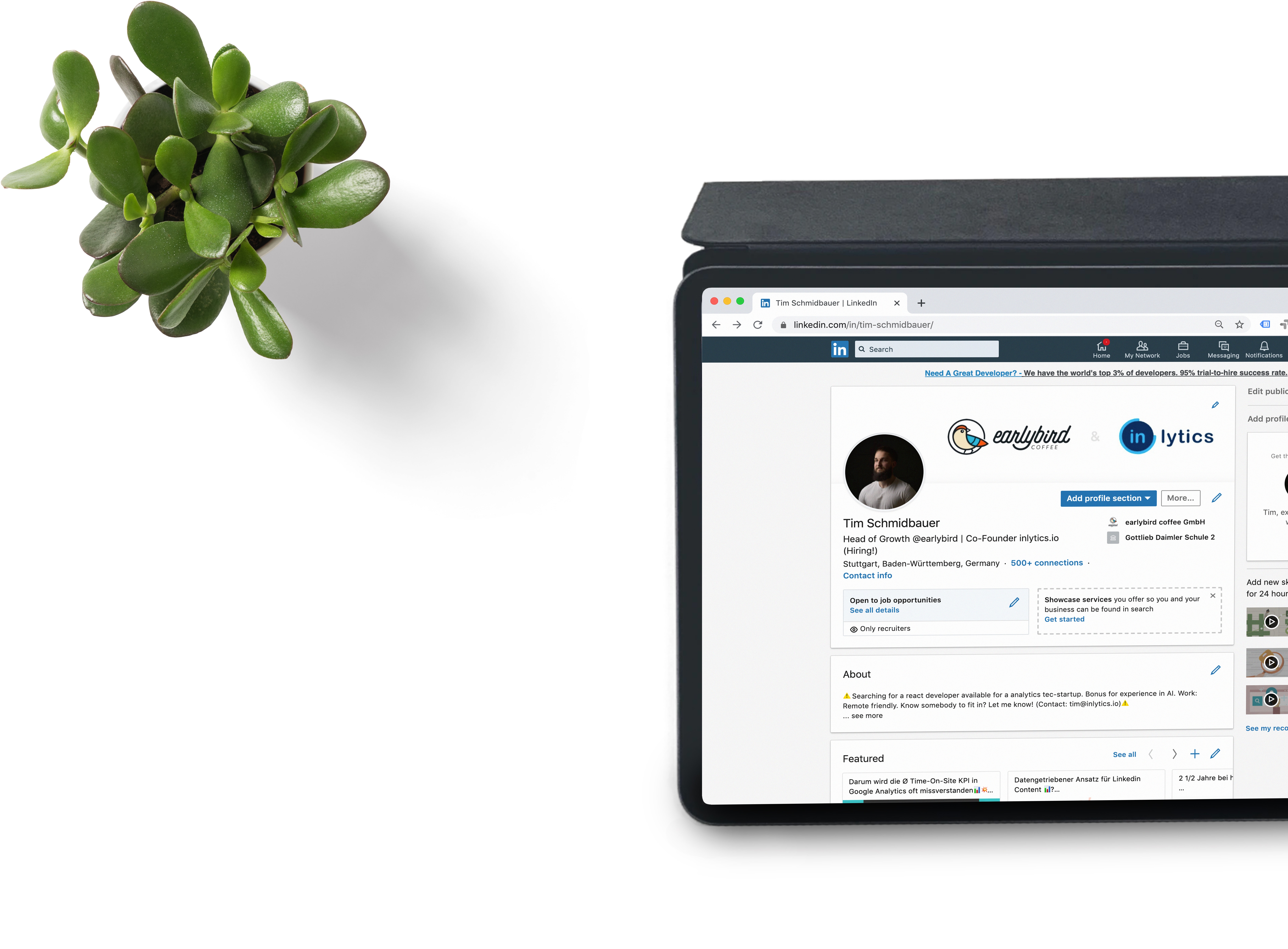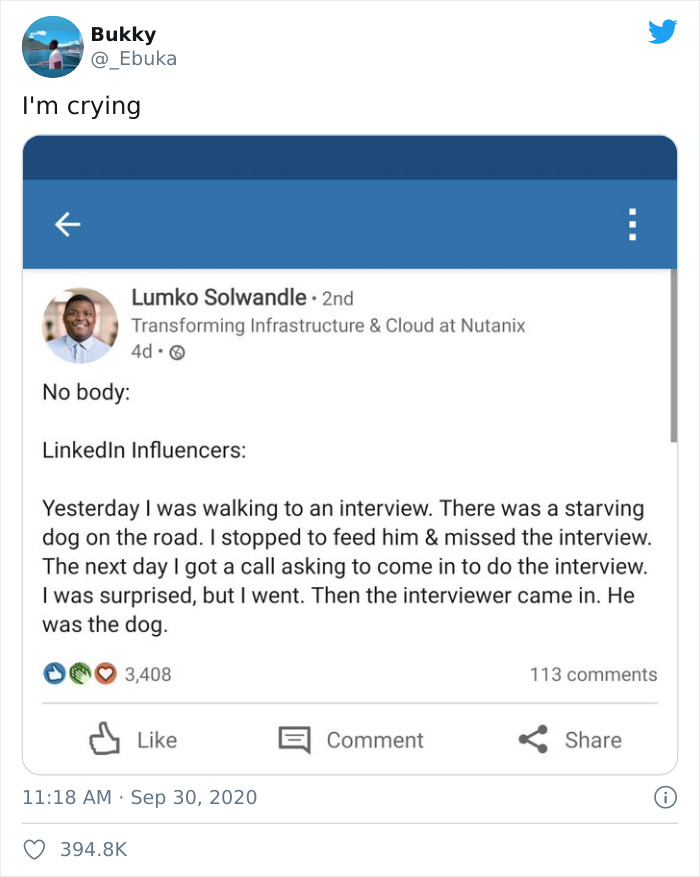The 3 essentials of sharing content on social media
At Soundboard, we know a thing or two about content creation and curation.

That’s why we’ve put together this quick guide on best practices for sharing content on social media for business.
These three steps aren’t the end all, be all of navigating the ever-shifting tides of online networking, but they can give you some practical steps to building an efficient and authentic brand for yourself or your company.
Here are Soundboard’s social sharing essentials:
1. Post 3 times a day
If this seems like overkill, it’s not. Think of the sheer volume of content shared on a social platform every day.
Posting once a day might have worked in 2012, but with algorithms now applied to the newsfeed, businesses have to post more frequently just to be seen by their audience.
Sharing multiple times daily is even rewarded in some platforms, making the algorithm suggest your content to users more often.
By establishing a routine of consistently joining the online conversation, your audience comes to see you as more reliable. And in the current social media model, frequent sharers are rewarded more than those who post once a day, regardless of the quality of that post.

Now, posting more than 5 times a day is overkill, and will most likely have people searching your profile for the unfollow button.
Knowing that you need to post more is great and all, but you might be wondering how to generate three pieces of content a day, and what kinds of content you should be sharing.
Lucky for you, we have point #2.
2. Share relevant content (not just YOUR content)
If you’ve ever read our blogs before, this is something we preach until we’re blue in the face. And we’re bringing it up once more because like you, we’re tired of sitting through sales pitches while scrolling through our newsfeed, or worse, our direct message inbox.
The progression of social selling is to understand your audience first, then interact with your audience, and finally offer value to your audience.
Because social media is so expedient, many in online sales skip this progression and go straight to offering value. Not only is this bypassing human interaction, but it is also completely ineffective.
People naturally resist being sold to; anyone who’s ever walked by a mall kiosk with a pushy salesman knows it’s true.
The same is true on social media. Don’t be a pushy salesman yelling from a mall kiosk. Instead, deliver content that engages your audience on their terms.

If you know your audience is interested in a certain topic, share an article or video about that topic. Comment on their posts intelligently. Overall, show that you care about your audience more than milking them for revenue.
Making yourself a source of authority on their interests builds trust, and also makes for better, more invested customers.
But it can be difficult to keep track of which customers are interested in what, or even make the time to create posts multiple times a day around these topics.
Shameless plug time.
Soundboard’s Chrome and Edge extension can simplify this process. Our extension analyzes a lead’s profile and scrapes important info like professional and personal interests, and then suggests content for you to share based on those interests. What’s more, Soundboard even gives you suggested messaging to accompany those articles.
You can download the Soundboard extension for free by clicking here.
Okay, shameless plug over. With or without Soundboard, it’s important you know that appealing to your audience’s interests is of your best interest.
When you consistently share industry-relevant content and engage with your audience, they will be much more open to a sales pitch.
3. Be genuine
Authenticity is sorely lacking on social media, and online sales has plenty to do with that.
Let’s get something straight: being genuine online doesn’t mean you can’t sell online. It simply means being transparent about your purposes instead of pretending to have an altruistic purpose, only to sneakily exploit it for gain later.
It’s pretty easy to find examples of this online. This recent satirical post mocking LinkedIn influencers sounds all too familiar:

This post, funny as it is, highlights a problem with many people’s approach to business on social media.
Some LinkedIn influencers, and comparable influencers on other platforms, tell outlandish stories about how they did a good thing, and they were rewarded instantly.
Not only is this not how the world usually works, it’s also disingenuous. These influencers are sharing fabricated “good karma” posts to go viral online, not simply to spread positivity.
Don’t get us wrong; plenty of LinkedIn influencers have valuable insight to share with their audience. But the culture of crafting ridiculous stories to go viral is becoming a plague on some platforms.
When sharing or creating posts online, forget sneaky attempts for a quick cash grab or fifteen minutes of fame. Instead, post things that grow your business organically, and be honest to yourself and your audience about your intentions.
Like we said initially, these steps are not comprehensive. But if you can keep these three concepts in mind when sharing content for your business, you can make positive impact both for yourself and your online community.